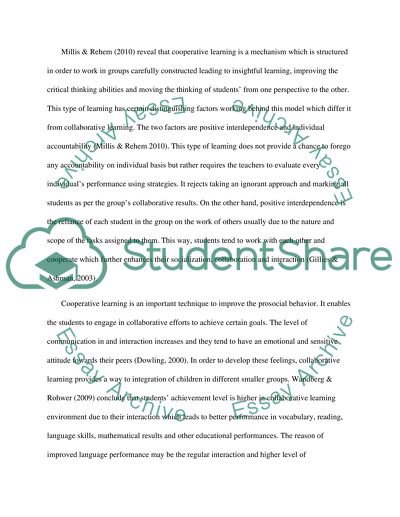Cite this document
(“Cooperative Learning: Encouraging Pro-Social Behavior Essay”, n.d.)
Cooperative Learning: Encouraging Pro-Social Behavior Essay. Retrieved from https://studentshare.org/education/1431512-essay-examining-different-theoretical-models-of
Cooperative Learning: Encouraging Pro-Social Behavior Essay. Retrieved from https://studentshare.org/education/1431512-essay-examining-different-theoretical-models-of
(Cooperative Learning: Encouraging Pro-Social Behavior Essay)
Cooperative Learning: Encouraging Pro-Social Behavior Essay. https://studentshare.org/education/1431512-essay-examining-different-theoretical-models-of.
Cooperative Learning: Encouraging Pro-Social Behavior Essay. https://studentshare.org/education/1431512-essay-examining-different-theoretical-models-of.
“Cooperative Learning: Encouraging Pro-Social Behavior Essay”, n.d. https://studentshare.org/education/1431512-essay-examining-different-theoretical-models-of.


